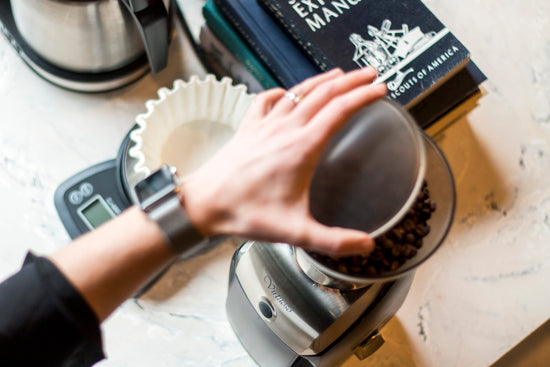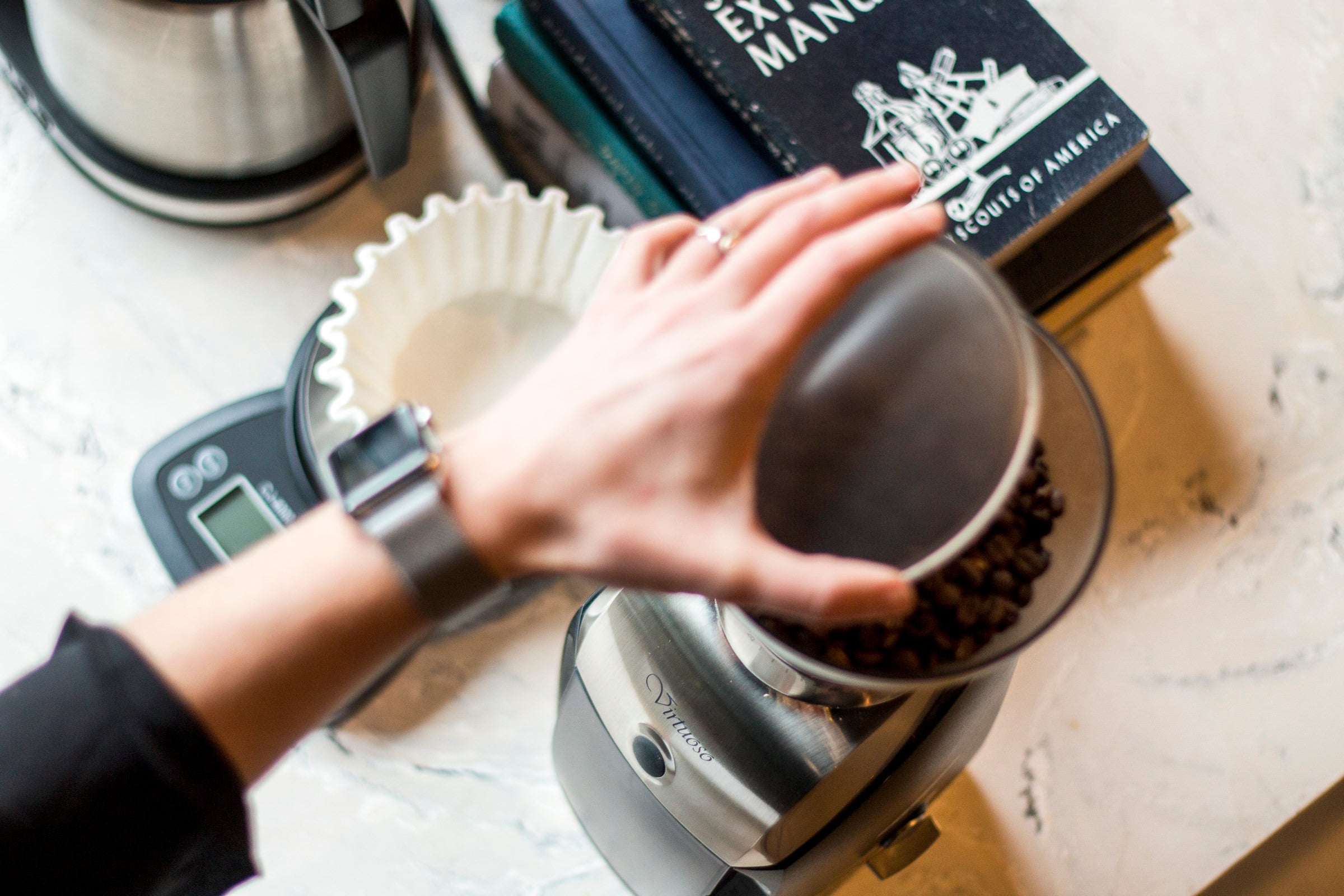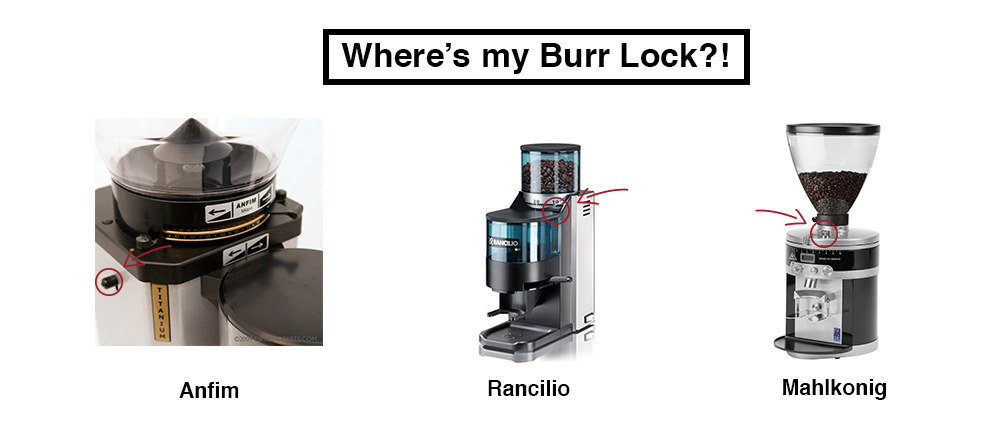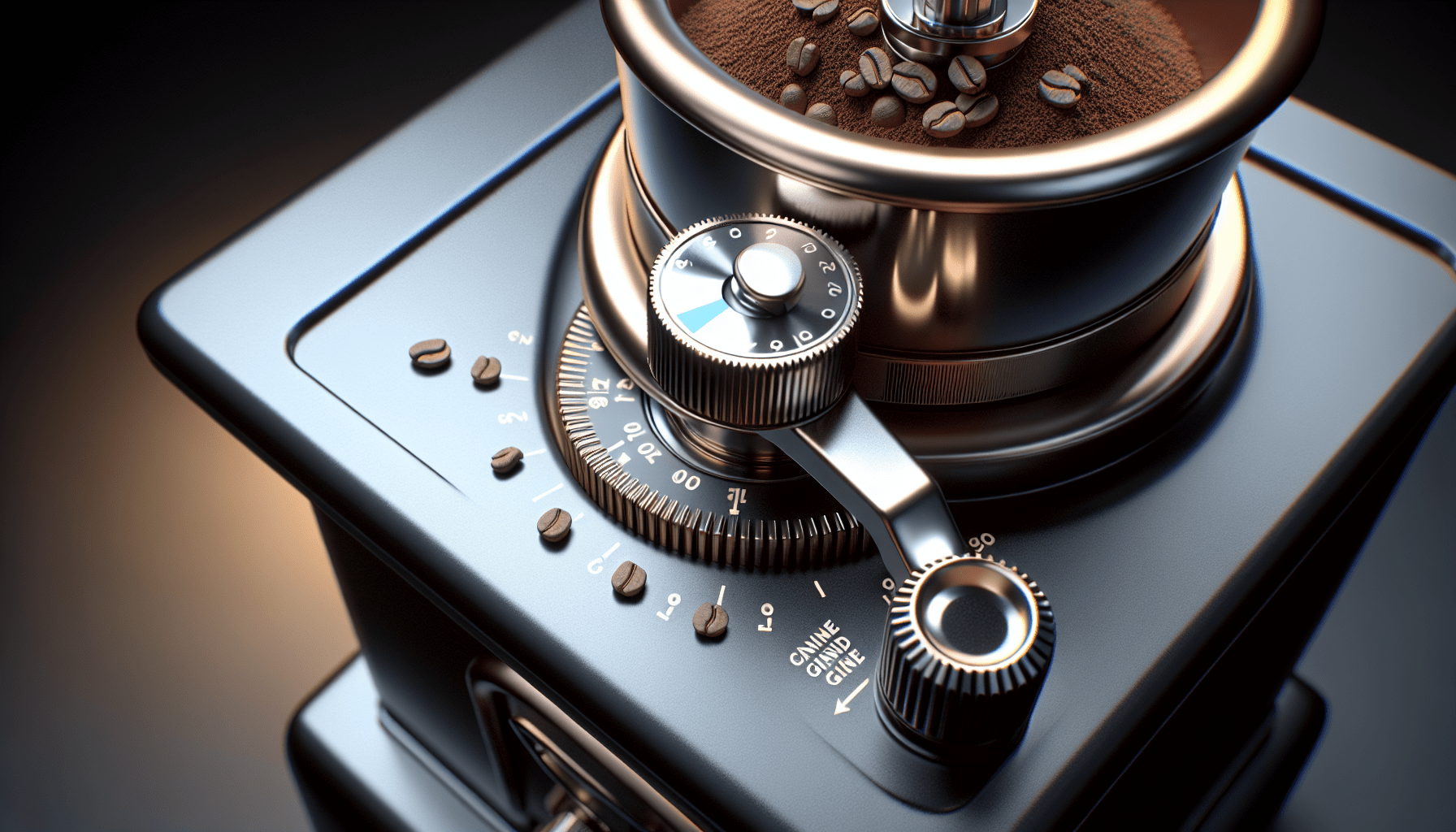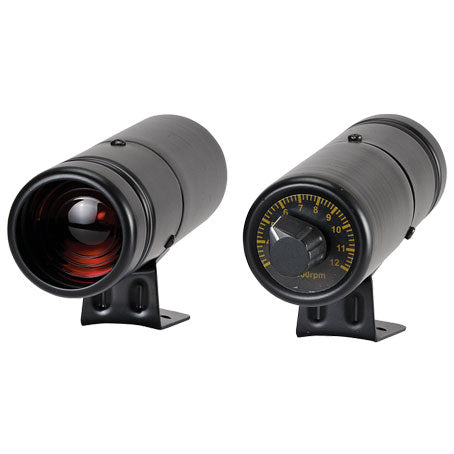Maintaining your coffee grinder machine is essential for achieving that perfect, flavorful cup of coffee every morning. From regular cleaning and burr alignment to checking and replacing the blades, there are a few key maintenance tasks that you should be aware of. By taking the time to properly care for your coffee grinder machine, you can ensure its longevity and continue to enjoy the rich aroma and taste of freshly ground coffee for years to come.
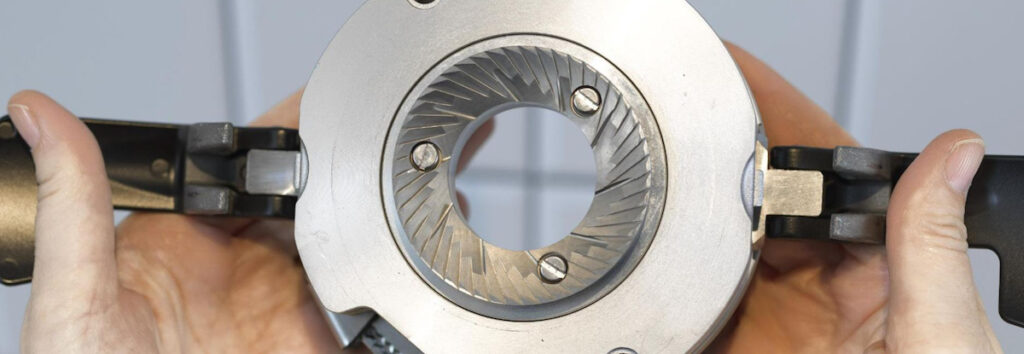
Cleaning
Regular cleaning is an essential task to keep your coffee grinder machine in optimal condition. It is recommended to clean your machine on a regular basis to remove any residual coffee grounds or oils that can build up over time. This will help ensure that your coffee tastes its best and prevent any potential clogs or issues with grinding.
After each use, it is important to clean your coffee grinder machine to avoid any cross-contamination of flavors between different batches of coffee beans. Simply remove the hopper and grounds container and clean them thoroughly with warm, soapy water. Be sure to rinse and dry them completely before reassembling them back onto the machine.
One important aspect of cleaning your coffee grinder machine is to remove and clean the burrs. The burrs are the grinding blades inside the machine that are responsible for crushing the coffee beans. Over time, these burrs can become dull or develop residue buildup, affecting the quality of the grind. To clean the burrs, remove them from the machine according to the manufacturer’s instructions and use a brush or toothpick to remove any residual coffee particles. Rinse them with warm water and let them air dry before reassembling them back into the machine.
Cleaning the hopper and grounds container is a crucial step in maintaining your coffee grinder machine. Over time, coffee oils and residue can accumulate in these areas, causing clogs or affecting the flavor of your coffee. To clean the hopper and grounds container, remove them from the machine and wash them with warm, soapy water. Rinse them thoroughly and let them dry completely before reattaching them to the machine.
Burrs Inspection and Replacement
Regularly inspecting the burrs is necessary to ensure they are in good condition and functioning properly. Over time, burrs can become dull or damaged, leading to inconsistent grinding results or even damage to the machine itself. Check the burrs for any signs of wear, chipping, or dullness. If they appear to be damaged, it is important to replace them to maintain the quality of your grind.
When replacing the burrs, always refer to the manufacturer’s instructions to avoid any damage to the machine. Follow the steps provided to remove the old burrs and replace them with new ones. Properly reassembling the burrs ensures that they are aligned correctly and will grind the coffee beans uniformly.
Motor Maintenance
Regularly checking the motor of your coffee grinder machine is crucial to ensure it is running smoothly and efficiently. Listen for any unusual noises or vibrations while the machine is in operation, as these can indicate a problem with the motor. If you notice any issues, it is important to address them promptly to prevent further damage.
Cleaning the motor vents is another important maintenance task. Over time, the vents can become clogged with coffee grounds or other debris, obstructing airflow and potentially causing the motor to overheat. Use a small brush or compressed air to gently remove any buildup from the motor vents.
Lubricating the motor is necessary to keep it running smoothly. Check the manufacturer’s instructions for the appropriate lubricant to use and follow the recommended frequency for lubrication. Applying lubricant to the motor’s moving parts helps reduce friction and prolongs the life of the motor.
In some cases, the motor may need to be replaced if it becomes faulty or breaks down completely. If you suspect a problem with the motor that cannot be resolved through cleaning or lubrication, it is best to consult a professional technician or contact the manufacturer for further assistance.
Grind Size Adjustment
Checking the accuracy of the grind size is important to ensure that your coffee is brewed to your desired taste. If the grind is too coarse or too fine, it can affect the extraction process and result in a less-than-ideal cup of coffee. Periodically check the grind size by adjusting it to different settings and evaluating the consistency of the grounds.
Calibrating and adjusting the grind size requires referring to the manufacturer’s instructions specific to your coffee grinder machine. Follow the provided guidelines to make the necessary adjustments and ensure that the grind size is accurate.
To test the consistency of the grind size, use a sieve or filter to separate the grounds into different sizes. This will help you identify any inconsistencies in the grind and make the necessary adjustments. Consistency in grind size is vital for achieving a balanced extraction and a flavorful cup of coffee.
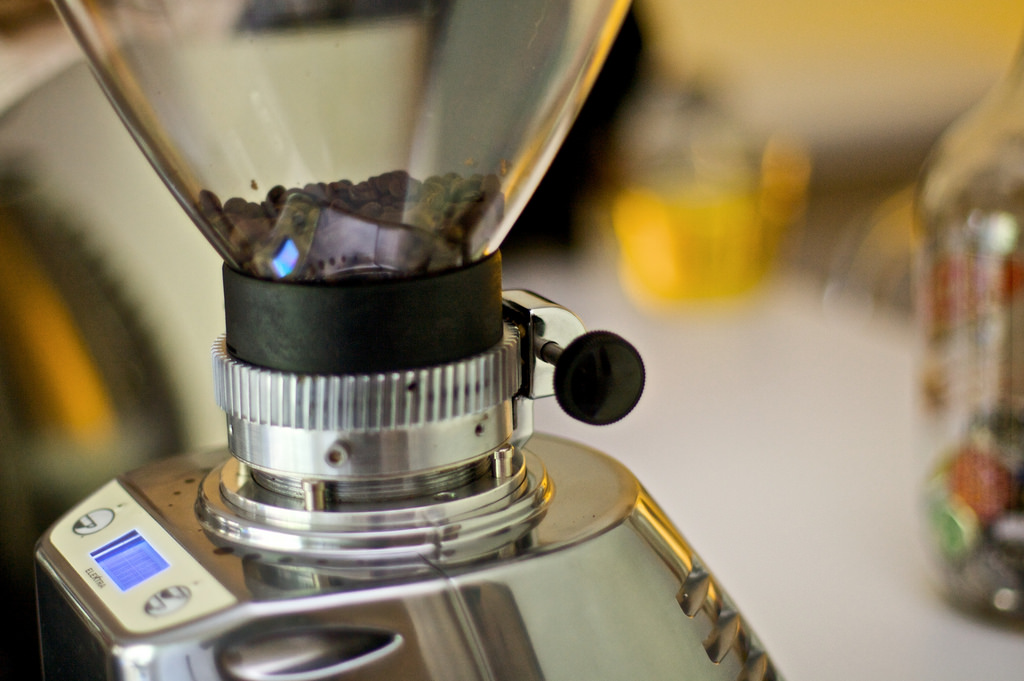
Hopper and Bean Storage
Emptying and cleaning the hopper is a necessary step to maintain the freshness of your coffee. Over time, coffee beans can leave oils or residue inside the hopper, which can affect the flavor of your coffee. Regularly remove the beans from the hopper and clean it thoroughly with warm, soapy water. Rinse it well and ensure it is completely dry before refilling it with fresh coffee beans.
When storing your coffee beans, it is important to keep them in a cool, dry place. Avoid exposing them to direct sunlight or extreme temperatures, as this can affect the flavor and freshness of the beans. Store your beans in an airtight container to protect them from moisture and oxidation.
Moisture exposure should be avoided to prevent any negative impact on the hopper and the quality of the beans. Moisture can cause clogs or damage to the machine, so it is essential to keep the hopper dry and free from any water or liquid spills.
Electrical Components
Inspecting the power cord for any signs of damage is an important safety measure. Check for fraying or exposed wires, as these can pose a risk of electric shock or fire. If any damage is found, replace the power cord before using the machine.
Inspecting switches and buttons for proper functioning is necessary to ensure that the machine operates correctly. Press each button and toggle each switch to ensure that they are responsive and functioning as they should. If any issues are detected, contact a professional technician for further inspection or replacement of faulty electrical components.
Replacing faulty electrical components should only be done by a qualified professional or following the manufacturer’s instructions. Attempting to repair or replace electrical components without the necessary expertise can lead to further damage or potential safety hazards.
Ensuring proper grounding of your coffee grinder machine is crucial for electrical safety. Make sure the machine is plugged into a grounded outlet and that the grounding prong of the power cord is intact. Proper grounding helps minimize the risk of electric shock and protects both you and the machine.
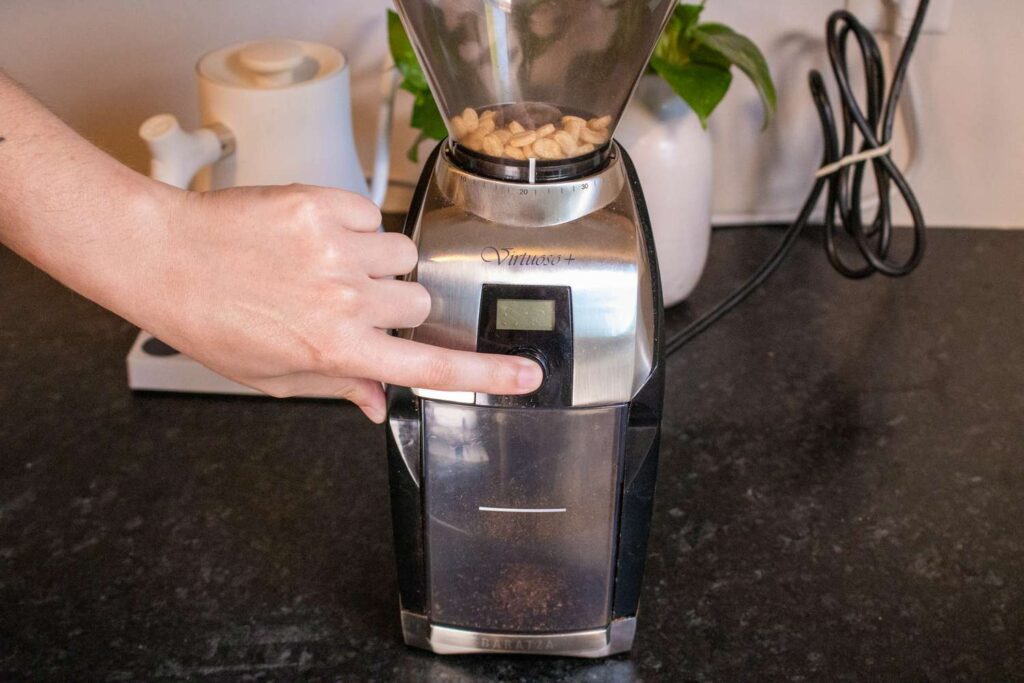
Additional Maintenance Tasks
Regular descaling is an important maintenance task to remove mineral deposits that can build up in your coffee grinder machine over time. Follow the manufacturer’s instructions for the appropriate descaling solution and frequency. Descaling helps maintain optimal performance and prolongs the life of your machine.
Periodic deep cleaning should also be performed to remove any stubborn coffee residue or oils that regular cleaning may not fully eliminate. Consult the manufacturer’s instructions for the recommended procedure and cleaning agents for deep cleaning your coffee grinder machine. This ensures a thorough cleaning and helps maintain the quality of your coffee.
Inspecting and cleaning the doser, if applicable to your coffee grinder machine, is another maintenance task to consider. The doser is responsible for dispensing the ground coffee into the desired receptacle. Regularly inspect and clean the doser to prevent any clogs or build-up that can affect the performance of the machine.
User Safety
Ensure your safety by always unplugging the machine before performing any maintenance tasks. This reduces the risk of electric shock and ensures your safety while working on the machine.
Using appropriate cleaning tools is important to prevent any damage to the machine or its components. Follow the manufacturer’s recommendations for cleaning brushes or tools that are designed specifically for your coffee grinder machine.
Always follow the manufacturer’s instructions for maintenance tasks to ensure proper procedures are followed. Each machine may have specific requirements or recommendations, so it is crucial to consult the user manual provided with your coffee grinder machine.
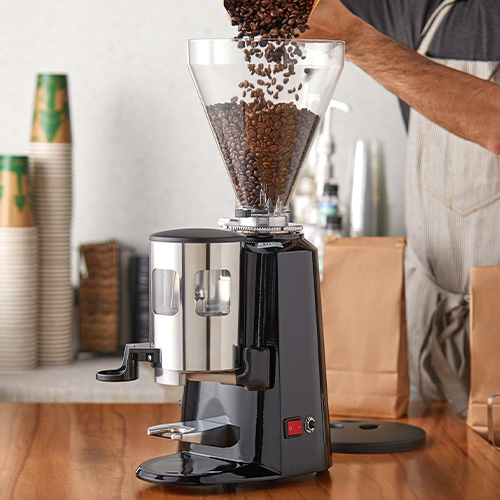
Professional Servicing
Scheduling professional maintenance is recommended to ensure that your coffee grinder machine receives thorough service and repairs. Professional technicians have the expertise and tools necessary to address complex issues and provide the best care for your machine.
Check the warranty of your coffee grinder machine for servicing options. Some warranties may include free or discounted maintenance or repairs within a certain period. Take advantage of these options to keep your machine in top condition.
If you encounter complex repairs or issues that you are unable to resolve on your own, it is best to obtain professional assistance. Attempting complicated repairs without the necessary knowledge or skills can cause further damage to the machine or compromise its performance.
Maintenance Log
Keeping a record of maintenance tasks is helpful for tracking the history of your coffee grinder machine. Note the dates of cleaning, inspections, and repairs in a log to establish a maintenance schedule and identify any patterns or recurring issues.
Tracking issues and improvements in your maintenance log provides valuable information about the performance of your coffee grinder machine over time. By documenting any problems or changes you notice, you can better understand the machine’s needs and make informed decisions regarding its maintenance and care.
